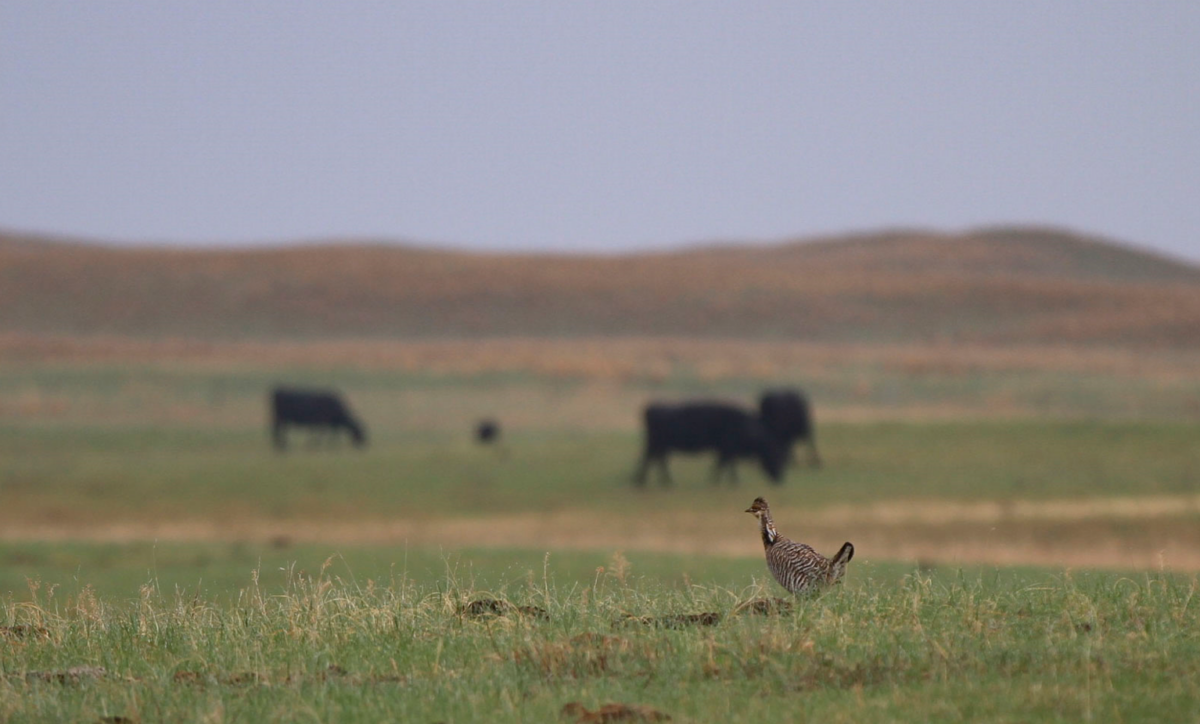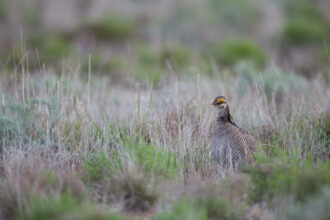The Challenge
Though grasslands account for 46% of Nebraska’s 49.5 million acres, they’re one of the least protected and most altered vegetation types. Converting grasslands for other uses can lead to soil erosion, reduced or contaminated water resources, and a loss of biodiversity. At the community level, conversion shrinks grasslands and removes job opportunities, reducing income for ranchers and affecting livelihoods in rural areas. Grassland conservation programs do exist to help preserve these landscapes for future generations, including direct payments to producers for land conservation, but these programs don’t account for the many non-agricultural benefits and services grasslands provide, such as wildlife habitat, water purification, carbon sequestration and nutrient cycling. Despite these ecological services, temperate grasslands are being converted at five times the rate than they can currently be protected.
Safeguarding Nebraska’s natural resources for an uncertain future should be at the top of the agenda for policymakers in the state. Our research shows the ranching community is ready for the challenge, but it will take some out-of-the box thinking and teamwork to get us there."Kyle Martens, University of Nebraska
The Actions Taken
Kyle Martens, now a doctoral candidate at University of Nebraska, wanted to better understand ranchers’ preferences for emerging grassland conservation programs in the state, known as payment for ecological services (PES) programs. After receiving a Graduate Student grant in 2020, Martens set out to learn what aspects of PES programs would most benefit Nebraska’s ranchers and lead to more adoption of conservation practices. He partnered with several organizations to survey those most affected by grassland loss, with the goal of receiving direct feedback from ranchers and ag professionals on their preferences for management actions, payment amounts and contract lengths of voluntary conservation programs. The results were intriguing. Survey participants prioritized practices that improve biological diversity, and while they showed a keen interest in incentivized management actions, they were less concerned with the amount of payment or length of contract.
The Impacts
Survey results showed clear interest by Nebraska’s ranchers to participate in flexible conservation programs that reflect the challenges of ranching in a grassland ecosystem and that honor the ecological services provided by their management actions. Specific impacts include:
- Encouraging biodiversity: Martens found it notable that using grazing to conserve biodiversity was preferred over 15 other management practices suggested in the survey.
- Protecting livelihoods: Ranchers want incentivized conservation programs to work in tandem with their lifestyle in order to enhance profitability and long-term business sustainability.
- Stakeholder engagement: Ranchers demonstrated a significant interest in engaging in the PES process so that incentives more closely align with their concerns and priorities.

